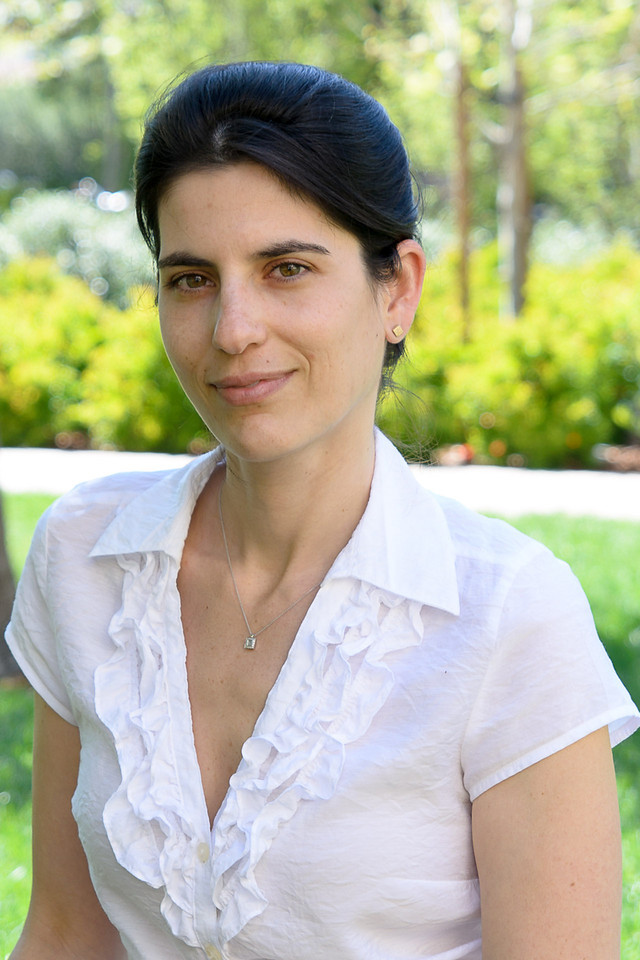
What spurred your interest in studying White and Latino students' readiness for college?
I was stunned to learn that many students were failing to succeed in college, as indicated by post-college admission data, such as students' remediation and dropout rates, and students' extended-time-to-degree, despite high schools and admission offices telling them they were ready. This encouraged me to consider college readiness as a comprehensive concept, which expands to include intra- and interpersonal components, and to explore relationships between students' college readiness and college outcomes. In light of the documented gaps between white and Latino students in educational opportunities and outcomes, I decided to examine these relationships comparing White and Latino students using a measurement invariance approach.
What did you learn from studying college readiness in this way?
I've realized the full magnitude a college-supportive high school environment has in helping students develop a whole array of skills and assets that are important for college success. Students who are educated in the absence of a college-going school climate face unfavorable conditions, resulting in cumulative losses: not just the potential loss of a course completion portfolio that is required for college admission, but also the lack of stimulation, support, and information that are necessary for them to develop awareness of college, the aspirations to go to college, the knowledge and information of how to get there, and the intrapersonal and interpersonal skills that will help them apply to college and, once admitted, to successfully progress to graduation.
From a research design perspective, what lessons are you taking away from this study?
My research was accomplished using a national large scale dataset. Large scale quantitative research allows for the specification of complex models and simplifies the investigation of multiple research questions. At the same time, research of this kind is meaningfully constrained by the data and is not sensitive to the unique contexts of individual students and schools.
On a different note, I've learned that, sometimes, it is the simple descriptive statistics that strike a light. To take one example, I found that more than 90 percent of Latino students who attended a 4-year college immediately after high school went to relatively wealthy high schools, in which 10 percent or less of the student body received reduced price or free lunch. Only 8.8 percent of these Latino students attended poor schools, in which more than three-quarters of the students received monetary assistance with lunch. This radical picture did not mirror the white sample.
Hadar Baharav joined the John W. Gardner Center for Youth and Their Communities as a research associate earlier this year.
Subscribe to our monthly newsletter.